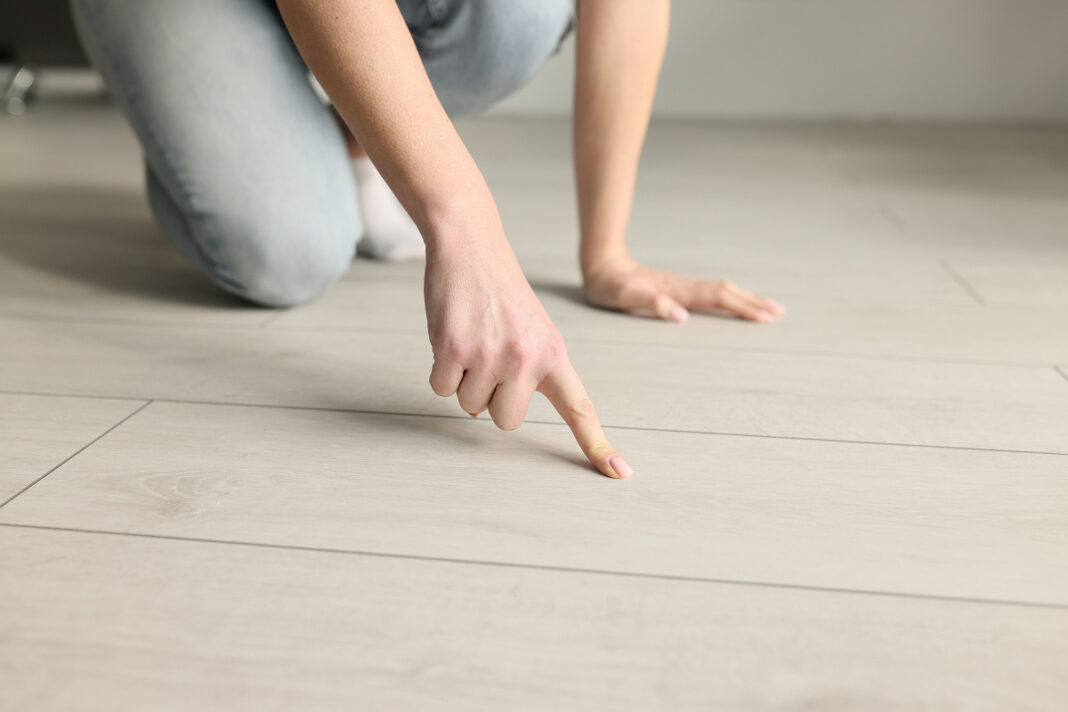The flooring sets the tone for one’s home and forms its overall design’s foundation. Besides contributing to the space’s aesthetics, it also affects the safety and comfort of occupants. When choosing the right flooring for one’s home, one should confirm if they are resistant to daily wear and tear. From hardwood, stone, ceramic, and porcelain, there are several options to choose from. To avoid confusion, one must consider several factors before making a decision.
1) Consider the Space
While looking for durable home flooring, the first factor a homeowner must consider is the rooms where the new flooring needs to be laid. The shape, size, and lighting within the room affect the flooring choice. This is because flooring works similarly to wall paints and coverings. For example, darker colors can make a room look smaller yet warm. Meanwhile, lighter colors will brighten up a room and make it look more spacious. While considering flooring ideas, having a few samples from local suppliers can be helpful. To get a fair idea of how the floor can look, lay out the samples in the room. Make sure to do this at different times of the day to check how the floor can look under different lighting conditions. Trying different samples can also help in learning about the design and look of the flooring sample and whether it will complement the overall room, including the walls and the furnishings.
2) Check Different Styles
While considering how the flooring can fit in with the house’s overall aesthetics, it is important to look at the style of the flooring. This typically refers to the visual layout, pattern, or appearance created using the flooring materials. Some popular styles include chevron, basket weave, mosaic, grid, diagonal, herringbone, etc. Many homeowners often get carried away with a new design while browsing online or in the shop. They end up forgetting that the flooring needs to complement the design that already exists in the house’s interior. It is mostly a personal choice that plays an important role in choosing the right flooring style. However, it is equally important to compare different flooring types to ensure that the chosen style matches the furniture, walls, and existing decor of the house.
3) Consider the Practicality
The functionality of the flooring type must also be considered. This can be done by looking at the amount of usage a flooring will have. Also, it is essential to consider the type of activities that will commonly take place in the specific room. For example, hallways have heavy footfall, while guest bedrooms are used only occasionally. Besides this, it is also crucial to consider what goes on within each room. For example, a kitchen has a lot of stains and spills. So, the right kitchen flooring option can be laminate, tiled, or hardwood, which are durable home flooring options and are also easy to clean. Flooring for high-traffic areas must also be carefully chosen. Ideally, materials like laminate, luxury vinyl (LVP/LVT), and tile, such as porcelain and ceramic, are suitable since they are durable, resilient, and easy to maintain.
4) Pick a Flooring Type
After having an idea about the space and how it will be used, the next step is to choose the flooring type. There are many choices available, including ceramic or porcelain tiles, marble, vitrified tiles, hardwood, concrete, vinyl, laminate, terrazzo, red oxide, or brick. The type to choose from depends mainly on personal choice, along with the overall aesthetics of the house and the functionality and traffic of each room. Along with the material, the flooring type also includes the shape. For example, if wooden flooring is selected, one has to choose between uniform squares and long, thin planks.
5) Decide on a Budget
The cost of laying down a new floor can be high or low. In general, the overall cost depends on various factors. These generally include the material of the flooring, installation cost (depending on the type of installation – with the help of a professional or the DIY way), complexity (like removing the older flooring or preparing a subfloor), the size of the project, and local prices. In most cases, the prices can range anywhere between $1,800 and $24,000 based on the area covered. To avoid overspending, it is essential to fix a budget. One can easily prepare a reasonable budget by researching the prices of the materials and approximating how much a contractor would charge. Requesting quotes from various contractors can also help one set a realistic budget.
6) Choose Between Professional Installation and DIY
One can save some money by doing the flooring work on their own. This is a feasible option if one has mastered all the skills necessary for flooring. However, if one is not quite good at simple tasks like drilling or hammering, going the DIY way may not be a good idea. While it is a simple task, it demands a lot of precision and professional-level skills. This is because the installation must be strong enough to last for years, and the floor should not get damaged while it is getting fixed. Also, one needs to follow safety guides to prevent accidents and injuries during installation. So, if a homeowner is unsure of their DIY skills, it is best to hire a professional to do the job.


